Category: Free Inquiry
Pottery is a huge world. Which before this I didn’t know. I thought it was a fun hobby people had and spent some time on making beautiful and useful things. It takes a lot of time, mental and physical effort, money, learning, understanding, and practice.
I have learned that I didn’t have the time this semester to become a full time pottery as I previously thought I would. That is ok I will come back to it when I have the space to do so because something else I learned is that….
I love pottery.
It is a very human practice, looking at the history of it, I learned it is an art practiced for thousands of years – the oldest pottery shard humans know exist is 20,000 years old. Clay is what we were made of, according to many different creation stories. It is an art that incorporates the four elements earth, water, air, and fire, which are the elements that for a long time what we were said to be as humans.
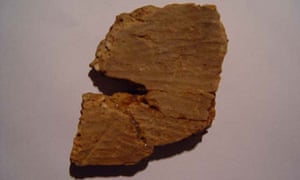 The oldest pottery shard, found in China’s Jiangxi province that has been dated to be 20,000 years old. Read more.
The oldest pottery shard, found in China’s Jiangxi province that has been dated to be 20,000 years old. Read more.
Some of the key activities and terms that are specific to the art of pottery that I learned during my inquiry in pottery are:
- wedging
- wetting
- slabbing
- coiling
- throwing
- trimming
- firing
- sanding
- glazing
- ribs
- trimming tools
- kiln
The technology used for pottery has been around forever and has never changed. The pottery wheel and the Kiln are still necessary today to practice this art. Though the wheel has changed from being hand-spun to electrical, and kilns have gotten bigger and more industrialized.
Technology has helped me learn about pottery, whilst I didn’t have the time to go into the studio and practice. Being able to watch youtube videos, tv programs, look information up on the internet and read books was invaluable to my learning throughout this process.
The Great Pottery Throwdown is a BBC show that brings home potters from all over England to Stoke-On-Trent to compete to be top potter.
The show has been a really interesting resource for me as a new potter, as watching other people make pottery really helps with my ability as a new potter, being a visual learner as I am.
The entire first season can be watched on youtube.
I also have found a book at the library that the BBC made that goes very in depth into the history of pottery. Looking at the history of pottery would be a really interesting lens to look at human history, culture, and art. So many civilizations made ceramics. Some of the only information we have about ancient civilizations has come from finding fragments of clay pottery. If students made their own pottery and learning about the history of pottery they would feel a much greater connection to history and the richness of pottery in this way.

I have been delving into the world of Youtube videos to aid me with my pottery techniques.
Here are a few I have found that have provided important and useful information to achieve more efficient and functional technical skills for some of the following: throwing, centering, pulling, how to use a rib, trimming and how to make a handle. A big, huge THANKS to these amazing people who are willing to film and edit and share their knowledge via youtube!
Centering – This video addresses some of the issues you may encounter as a beginner when centerring clay
How to Make a Bowl – Useful demonstration of pulling and how to use a rib
Trimming and handle making! – gets very advanced at the end, but also very inspired!
I went back to the pottery studio recently, and oh boy, did I learn some new things!
I got there and the first thing I had to do was trim my pieces from the previous throwing session! Which was news to me, but I learned it is a very important step in the process of making pots.
Trimming is the process of removing the excess clay from the bottom of your piece. This happens after your pieces have dried to a leathery texture. This step is completed on the pottery wheel and requires a few key tools and materials. Here is a picture of my pieces pre-trimming with the tools I used to trim them.
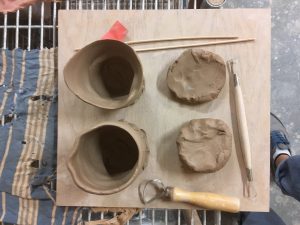
It really helps when your pieces are smooth on the top, but mine were not. This made attaching them to the wheel a bit more difficult. Pieces are attached using extra, wet clay to hold the pieces in place. The wheel is then turned on and the tools are used to remove the excess clay from the bottom of the pieces. This clay naturally builds up when you are forming the pieces on the pottery wheel. Bottoms can be trimmed to be flat or have fancy shapes. This process is also important for making a piece more uniform, removing excess clay so the pieces aren’t so heavy, and to enhance the appearance of the piece.
Once this process is completed the pieces are ready for their first round of firing in the kiln! Such excitement!
And so it begins!
My free inquiry project is to learn the vast and varied art of pottery, and I went had tried my hand at it this past week.
The theory behind this activity is that I will take blobs of clay and turn them, literally turn them, on a wheel into vessels. In theory it seems so simple. But in reality it is much more difficult and much more messy.
I now know this as I went for my first pottery making experience Monday evening and I am both delighted and apprehensive about how this inquiry will go. See pictures below.
I have decided to explore pottery making at Yunomi, a pottery studio downtown Victoria, that is tucked away in a fairly industrial looking building. The studio website is as follows:
I had done some research over the last few months, mostly anecdotal, regarding where in Victoria pottery making is available, especially for someone who is brand new to the art. Yunomi was a studio that came highly recommended on a number of occasions by a variety of people. It is not the only option though. I was also recommended to the Cedar Hill Recreation Centre which has a fully equipped pottery studio in it and another friend mentioned a place called Hands On Pottery. Hands on Pottery is also located in the heart of Victoria and, from what I can tell by their website, also looks highly respectable. But I chose Yunomi and after my first experience I feel very comfortable with that decision as it is bright, welcoming, and close to my home for ease of access.
Another factor in this decision was that a friend and colleague offered to teach me the basics of pottery and she practices at Yunomi. For this I am endlessly grateful. Thanks Katrina! This was both a fun and slightly daunting prospect as I do often experience crippling self doubt which I find exacerbated by the presence of those who’s opinion I value. Alas, it was fine.
Having gone into the studio and tried my hand at throwing clay on a wheel, my queries have grown.
I wonder about proper technique and what does that entail? What are the properties of the different types of clay? Where does this clay come from? When was pottery first invented? and by whom?
On a more How much of pottery is art and how much is science? in pottery and in life. What is the perfect ratio of clay to water on the wheel? What is the perfect wheel speed to optimise efficiency? perfection? Is perfection something to strive for? What are the possibilities and applications of this art? In my life? In the classroom? In general?
This just being after having tried my hand at this once, I am sure to have many many more questions. and this hasn’t even touched the process of firing and glazing.
I believe I will find in pottery a beautiful intersection of art, science, society, and personal peace and growth.
I am so excited to be a beginner in this world of potting. To be completely at a loss of how to achieve what I want to achieve but to have the desire burn brightly inside to make it happen.
Photos:
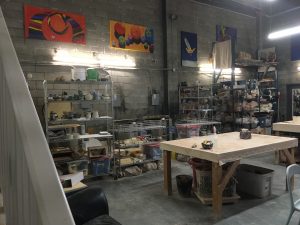
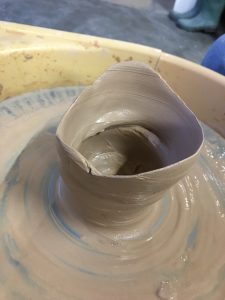
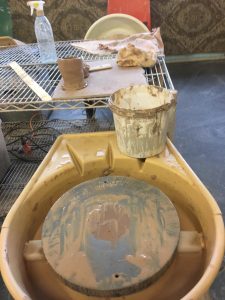
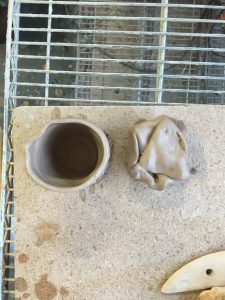
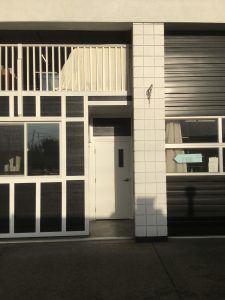
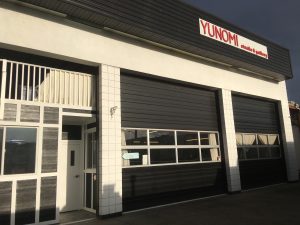
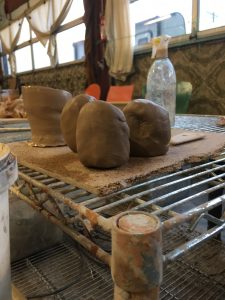
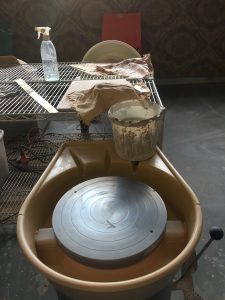
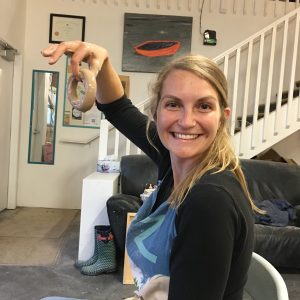
For my free inquiry project I want to delve into the world of working with clay! Moulding it, heating it, glazing it, and then using it to enjoy my morning tea.
And my first burning question to start this inquiry off is what exactly is this endeavour called? Pottery or Ceramics?
After some brief googling and anecdotal discussion I have come to the following understanding:
Pottery is the specific act of working with clay to shape it and form it into pots or other vessels on a pottery wheel or by hand.
Ceramics is the similar manipulation of materials but includes a vast variety of materials that are shaped and then changed by a heating process. The heating process makes them rigid and able to withstand certain abuse such as rapid heating and cooling. Ceramics include composites of non-metal and inorganic material such as glazes, glass, brick, and clay. The broad term ceramics includes pottery and the glazes that are often applied to pottery. So these terms are related but, now that I know more, I believe they shouldn’t be used interchangeably. The difference being that ceramics includes a wide scope of materials, which pottery falls into, where as pottery refers only to working with clay.
With that cleared up I feel ready and excited to delve into the mysterious and magical world of pottery making, which is how I shall refer to my free inquiry from now on.
Recent Comments